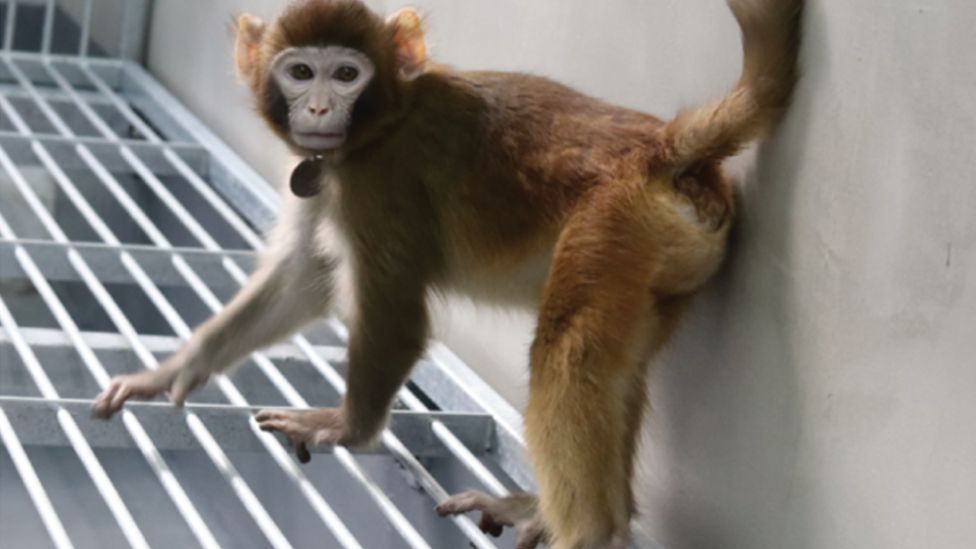-

-
-
Loading

Loading

Chinese scientists have successfully cloned the first rhesus monkey, a species commonly used in medical research due to its similarity to humans. The researchers believe that this breakthrough could accelerate drug testing, as genetically identical animals produce consistent results, providing greater certainty in trials. Previous attempts to clone rhesus monkeys have either resulted in stillbirths or deaths within a few hours. One animal welfare group has expressed concerns about this development. Reproduction in mammals combines genes from both the mother and father. However, cloning involves creating a genetically identical copy of a single animal using specialized techniques. The most famous example of cloning is Dolly the sheep, who was created in 1996. In this case, scientists transformed skin cells from another sheep into embryos, which were then implanted into a surrogate mother. The researchers behind the rhesus monkey cloning have essentially used the same method. They have successfully kept the cloned animal healthy for over two years, indicating the success of the cloning process. Dr. Falong Lu of the University of Chinese Academy of Sciences expressed the team's joy at this achievement. However, the UK's Royal Society for the Prevention of Cruelty to Animals (RSPCA) believes that the suffering experienced by the cloned animal outweighs any immediate benefits for human patients. Rhesus monkeys are primarily found in Asia and are used in research to study infection and immunity. Although macaque monkeys were cloned in 2018, rhesus monkeys are preferred due to their genetic similarity to humans. The researchers encountered challenges in reprogramming adult cells into embryonic cells, with a success rate between 1 and 3% in most mammals. The same difficulties were faced with rhesus monkeys until the team succeeded two years ago. The researchers found that failed attempts resulted from improper reprogramming of the placenta, which provides nutrients to the growing fetus. To overcome this problem, the researchers excluded the outer part of the cloned embryo, responsible for placenta development. They replaced it with the inner cells that develop into the body of the animal, which were inserted into a non-cloned outer embryo, expected to form a normal placenta. Out of 113 embryos used, 11 were implanted, resulting in two pregnancies and one live birth. The monkey was named "ReTro" after the scientific method used. Both the RSPCA and Professor Robin Lovell-Badge of the Francis Crick Institute in London have raised concerns about this research. They question the necessity and ethical implications of using large numbers of animals for experiments, especially when the success rate is low. Professor Lovell-Badge also emphasizes the need for multiple live births to draw valid conclusions about the technique's success. In response, Dr. Falong Lu assures that their aim is to obtain more cloned monkeys while reducing the number of embryos used. The research has obtained ethical approvals and adhered to animal use guidelines.